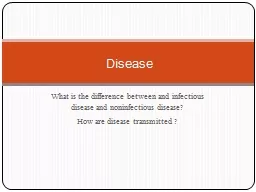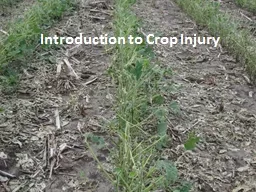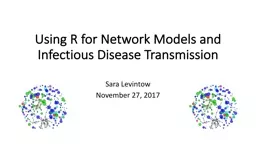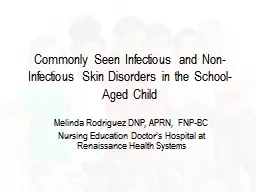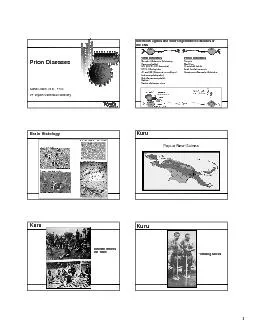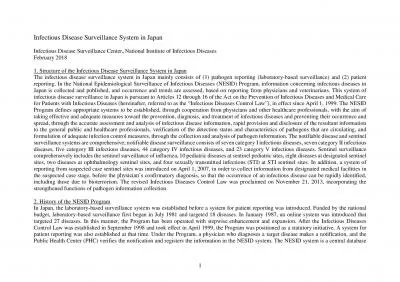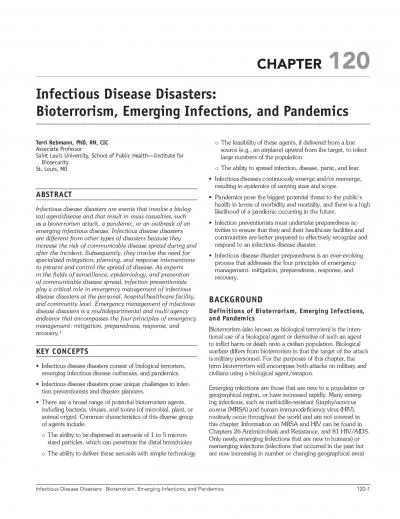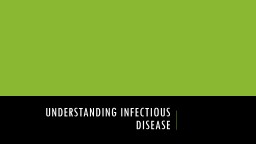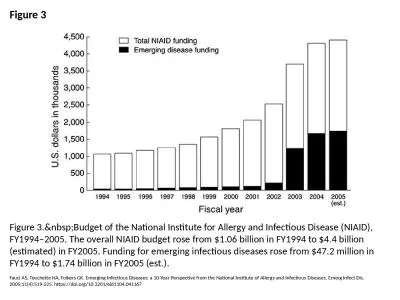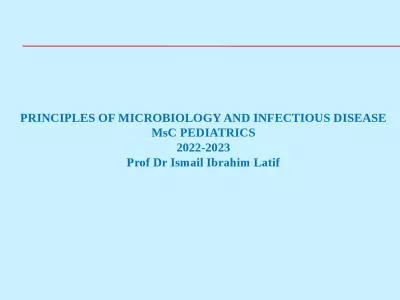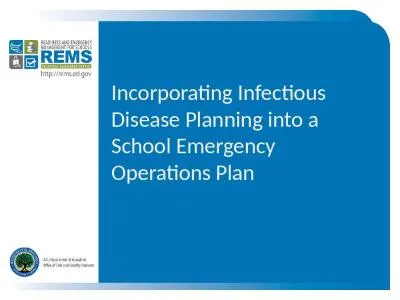PPT-What is the difference between and infectious disease and noninfectious disease?
Author : stefany-barnette | Published Date : 2020-04-03
How are disease transmitted Disease Disease Query Go around the room and find someone who knows someone or has ever had one of these diseases Put their initial
Presentation Embed Code
Download Presentation
Download Presentation The PPT/PDF document " What is the difference between and infe..." is the property of its rightful owner. Permission is granted to download and print the materials on this website for personal, non-commercial use only, and to display it on your personal computer provided you do not modify the materials and that you retain all copyright notices contained in the materials. By downloading content from our website, you accept the terms of this agreement.
What is the difference between and infectious disease and noninfectious disease?: Transcript
Download Rules Of Document
" What is the difference between and infectious disease and noninfectious disease?"The content belongs to its owner. You may download and print it for personal use, without modification, and keep all copyright notices. By downloading, you agree to these terms.
Related Documents

